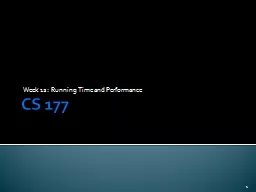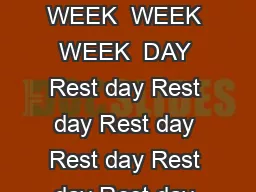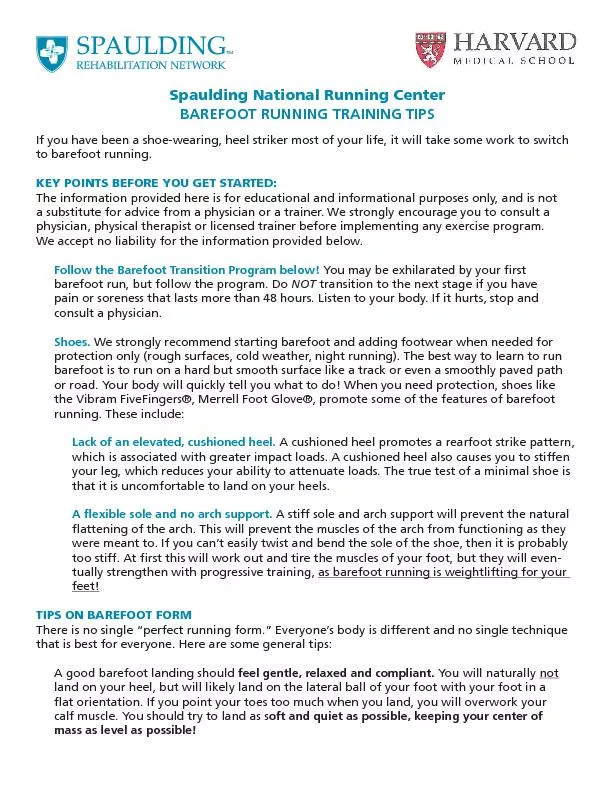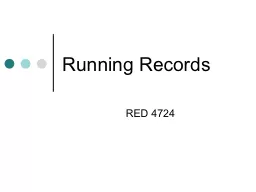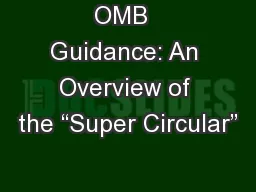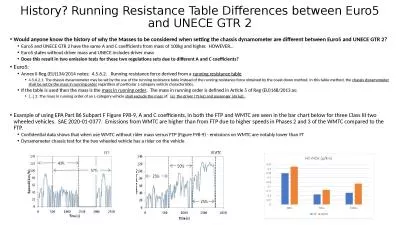PPT-CS 177 Week 12: Running Time and Performance
Author : alida-meadow | Published Date : 2019-11-24
CS 177 Week 12 Running Time and Performance 1 How long does a program take to run Most of the problems you have written in this class run in a few seconds or less
Presentation Embed Code
Download Presentation
Download Presentation The PPT/PDF document "CS 177 Week 12: Running Time and Perfo..." is the property of its rightful owner. Permission is granted to download and print the materials on this website for personal, non-commercial use only, and to display it on your personal computer provided you do not modify the materials and that you retain all copyright notices contained in the materials. By downloading content from our website, you accept the terms of this agreement.
CS 177 Week 12: Running Time and Performance: Transcript
Download Rules Of Document
"CS 177 Week 12: Running Time and Performance"The content belongs to its owner. You may download and print it for personal use, without modification, and keep all copyright notices. By downloading, you agree to these terms.
Related Documents

